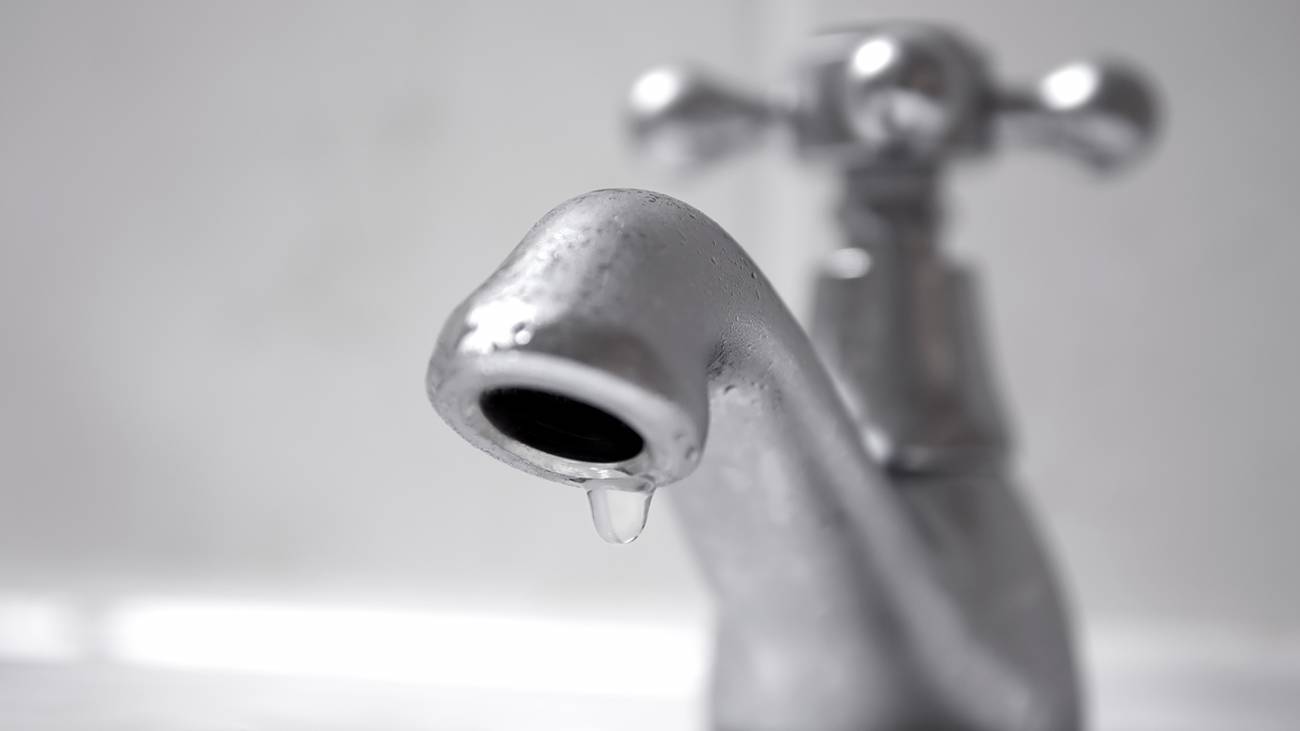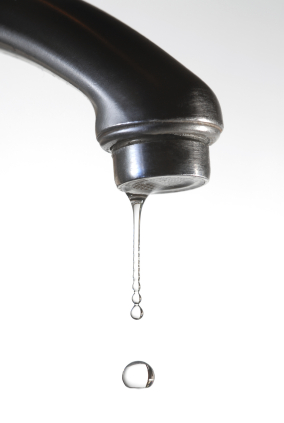Discovering the Relevance of a Busted Faucet
Discovering the Relevance of a Busted Faucet
Blog Article
What are your ideas regarding How to Fix a Leaky Faucet?

Intro
A leaking faucet may appear like a minor nuisance, but its effects extend far past the occasional drip. Understanding the effects of a leaking tap is vital for both house owners and the environment. In this article, we'll discover the various influences of this usual household issue and why addressing it immediately is necessary.
Root Causes Of Leaky Faucets
Leaky faucets can result from a range of aspects, including deterioration, high water pressure, and corrosion. Gradually, the consistent use of faucets can cause damaged seals and gaskets, triggering leakages to create. Additionally, excessive water stress can place stress on plumbing fixtures, causing leakages. Deterioration and rust can also deteriorate faucet elements, making them prone to leakage.
Water Waste
One of one of the most substantial consequences of a leaking tap is water waste. Also a tiny drip can amount to gallons of drainage gradually. This not just increases water costs however also adds to water scarcity and ecological destruction. Attending to leaky faucets without delay is critical for conserving this precious source and lessening its impact on the planet.
Financial Impact
Along with drainage, leaking faucets can additionally have a significant economic influence. Enhanced water costs are a direct consequence of water wastefulness, setting you back home owners thousands of dollars yearly. Furthermore, the cost of fixing water damage brought on by leaks can be significant, particularly if left unattended for an extended duration.
Environmental Influence
The environmental effect of leaky taps extends past water waste. By saving water, house owners can contribute to more comprehensive initiatives to mitigate water scarcity and safeguard natural ecosystems. Lasting alternatives such as rain harvesting and water-efficient components can additionally decrease the ecological footprint of family water usage.
Technical Solutions
Advancements in modern technology have brought about the advancement of smart taps and water-saving devices that help reduce water wastage. Smart taps make use of sensors to find motion and adjust water circulation as necessary, minimizing waste without sacrificing benefit. Water-saving tools such as aerators and low-flow showerheads are additionally reliable in saving water without endangering efficiency.
Global Viewpoints
While leaky faucets may appear like a local problem, they contribute to wider global difficulties such as water deficiency and environment adjustment. In areas already facing water stress, every drop counts, making leakage prevention and repair service necessary. By embracing water-saving practices and buying sustainable technologies, house owners can play their part in attending to these pushing global problems.
Regulatory Actions
Government laws play an important duty in reducing the influence of leaking taps and advertising water conservation. From building codes that require water-efficient fixtures to water-saving motivations and rebates, policymakers have a variety of tools at their disposal. By carrying out and enforcing these regulations, governments can guarantee that property owners focus on water conservation in their every day lives.
Neighborhood Effect
Attending to leaking faucets requires cumulative initiatives at the neighborhood level. By raising awareness about the importance of water conservation and providing sources for leak detection and repair service, neighborhood authorities can encourage homeowners to take action. Campaigns such as water-saving rebate programs and leak detection campaigns can incentivize behavior change and promote accountable water usage.
Instance Studies
Real-life examples of the influence of leaking faucets highlight the significance of positive upkeep and timely fixings. From water damage to escalating water costs, the consequences of neglecting leakages can be serious. By sharing these study, homeowners can much better understand the relevance of addressing leaking taps without delay.
Educational Campaigns
Educational campaigns play a critical role in increasing awareness regarding the effects of leaking faucets and promoting water conservation practices. With workshops, workshops, and on-line sources, house owners can find out exactly how to spot and repair leakages themselves. By encouraging individuals with understanding and devices, educational campaigns can promote a culture of accountable water use within areas.
Wellness Problems
Dripping taps can develop conducive environments for mold and mildew and mildew growth, presenting wellness threats to owners. The existence of mold can worsen respiratory system concerns and allergic reactions, particularly in vulnerable individuals. In addition, water damages resulting from leaks can jeopardize the architectural stability of structures and result in costly repair work.
Do it yourself vs. Specialist Repair work
When confronted with a leaky faucet, home owners often discuss whether to attempt repair work themselves or hire a specialist plumber. While DIY repairs can conserve money, they may not always deal with the underlying problem properly. Expert plumbing technicians have the experience and devices to detect and fix leakages properly, making sure long-term remedies and comfort for house owners.
Preventive Measures
Protecting against leaking taps requires normal upkeep and proactive measures. Simple tasks such as replacing worn-out washers and seals can avoid leakages from creating. Additionally, updating to high-quality components and lowering water pressure can help extend the lifespan of faucets and minimize the danger of leaks.
Verdict
In conclusion, the effects of a leaking faucet prolong much past the occasional drip. From water wastefulness and boosted water costs to health concerns and ecological effect, the repercussions of ignoring leakages can be considerable. By dealing with leaking faucets promptly and adopting water-saving practices, homeowners can minimize these impacts and contribute to a more sustainable future.
Why You Shouldn’t Ignore a Leaky Faucet in Your Home
What Causes a Leaky Faucet?
Various factors can cause a leak, from loose and worn-out parts to corrosion. Your faucet has four essential components from which most plumbing issues will stem: the O-ring, the valve seat, the washer and the gasket.
What Is an O-Ring?
The O-ring is a stem screw that fastens parts of the faucet in place, preventing water from leaking out of the spout. Depending on your faucet type, the stem might have multiple O-rings. Water will drip from the faucet’s handles and base if this part breaks or deteriorates.
What Is a Valve Seat?
The valve seat controls the flow and temperature of the water. Found at the base of the handle, it works as a seal for the faucet’s stem. The valve seat ensures the water is allowed to flow or is blocked as the handles dictate. You’ll know it’s malfunctioning when water leaks from your faucet’s sides.
What Is a Gasket?
The gasket is found between the water inlet and the valve stem. It creates a seal between the faucet and the sink, holding its joints by aerators attached to the stem’s head. Water will trickle out from the base if the gasket isn’t working.
What Is a Washer?
The washer secures the handles and prevents leakage, serving a similar purpose to the O-ring. While the O-ring is ordinarily round and made from an elastic material, such as rubber, the washer is square-shaped and composed of brass, copper and other hard metals. If it malfunctions, corrodes or has been improperly installed, water will leak out of the handles, causing that incessant faucet drip.
Why Is a Leaky Faucet Dangerous?
A leaky faucet left alone for too long can have significant consequences.
Pest Infestations
Since bugs and rodents gravitate towards the scent of water, a leaky faucet will draw pests to your sink. Both are looking for leaks accessible through crawl spaces, which a faucet provides. If you leave water dripping for too long, you run the risk of an infestation.
Rust
If one of the faucet parts has started to corrode, the resulting rust can spread to your pipes and valves with startling speed. The rust might even lead to cracks or other impairments, resulting in more severe plumbing issues.
Your sink could also sustain damage from a leaky faucet. The water in your tap possesses sparse elements of calcium and iron that can stain your sink with repeated and prolonged exposure. Once those elements in the water have been open to the air for some time, your sink will start to rust, creating marks that can be difficult to remove.
https://www.tomsmechanical.com/blog/why-you-shouldnt-ignore-a-leaky-faucet-in-your-home

I recently found that piece about Health Risks Posed by Leaking Faucets when doing a search on the search engines. If you please take a moment to promote this content if you liked it. We recognize the value of your readership.
Report this page